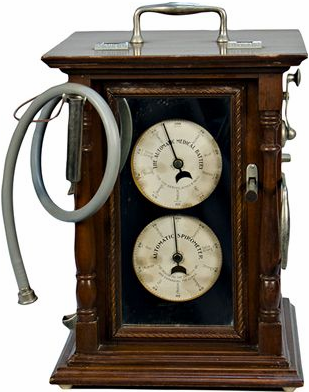The MIP test is used to assess the strength of the inspiratory muscles and is commonly performed in patients with neuromuscular disease. Results however, are often low because the sensation involved in performing a maximal inspiratory effort against an occluded airway is unpleasant and because the MIP requires coordination, cooperation and motivation to be performed correctly. In addition patients with neuromuscular disease frequently lack the muscular strength necessary to grip the mouthpiece and can therefore leak around it. For these reasons although a normal value will rule out significant muscular weakness, a low value can be difficult to interpret.
Sniff Nasal Inspiratory Pressure (SNIP) is an alternative way to measure inspiratory muscle strength that does not require a mouthpiece and uses a fairly natural maneuver. To perform the test one nostril is blocked with a soft probe attached to either a manometer or a transducer. The patient is asked to perform a normal exhalation to FRC and then inhale forcibly (sniff) with their mouth closed. The sniff effort is short since the maximum nasal inspiratory pressure is reached in a half a second or less.

